Getting Active at Every Age and Stage: Benefits of Nordic Walking
With a shocking 70% of children leaving organized sports by the age of 13 and obesity rates on the rise, we know that we need to be introducing our children to activities that they can do across a lifespan, whether they are 5 or 95 years of age!
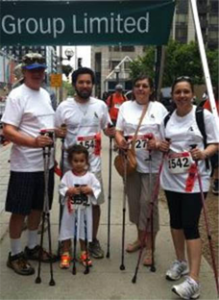 Join Urban Poling for a free webinar that will walk through some of the most important and challenging stages of life. Learn why Nordic Walking can be beneficial for each age group to ensure longevity and exercise adherence across a lifetime!
Join Urban Poling for a free webinar that will walk through some of the most important and challenging stages of life. Learn why Nordic Walking can be beneficial for each age group to ensure longevity and exercise adherence across a lifetime!
Webinar Overview:
- Shocking Stats & a look into the Sport-Lifecycle Trends
- What is Nordic Walking?
- Research supporting Nordic Walking for All Ages and Stages
- Childhood (3-11 Years)
- Adolescence (12-18 Years)
- Adulthood (Pre/Post Natal, Weight Management & Disease Prevention, Pre/Post Hip/Knee)
- Seniors & Mitigating Falls
This webinar will be presented by Gabriella De Nino, Registered Kinesiologist, CSEP-CPT & NCCP Certified Soccer Coach.
June 26, 12:00-12:45 EST
Webinar Registration ►
Diana Oliver is a dynamic business professional with a extensive background in marketing, sales and fitness. She has a passion for promoting the many health benefits of Urban Poling, which stems from her personal experience. Diana combined Urban Poling with other positive lifestyle choices to regain a healthy weight and improve her cardiovascular health following two strenuous pregnancies. Her positive recovery has instilled a drive to help change the face of health care in Canada. In 2012, she became a certified urban poling instructor and taught classes in her own Pilates business. In 2014, became a partner in Urban Poling Inc.
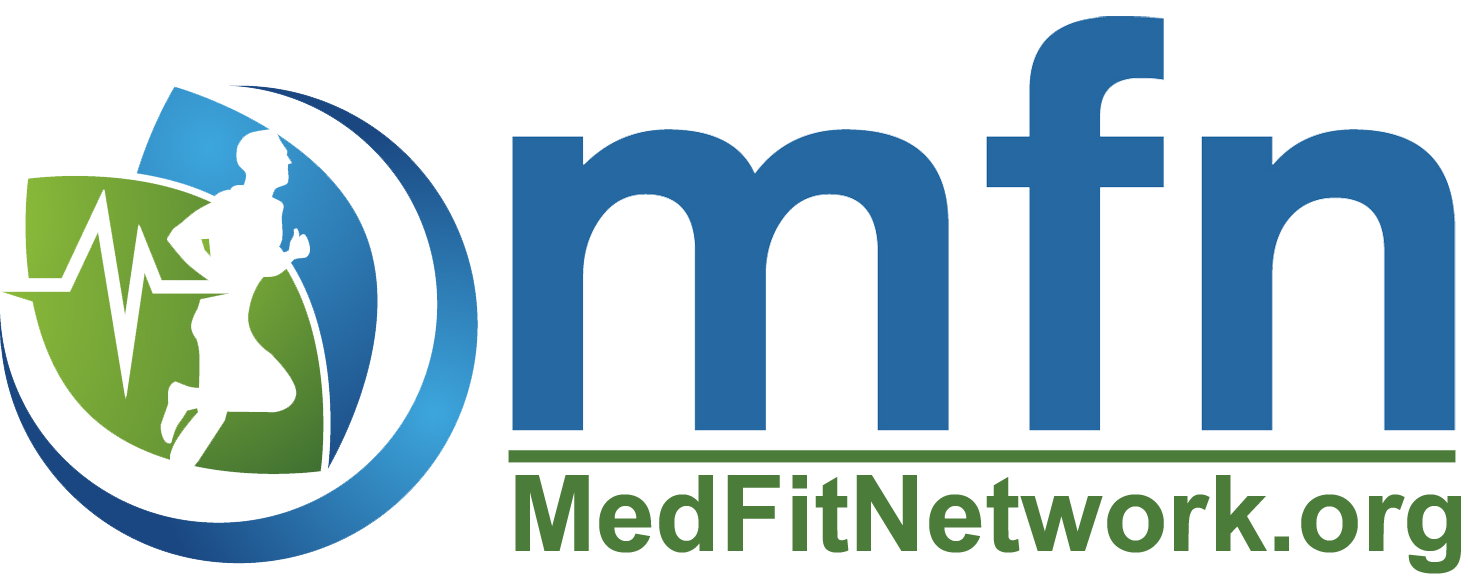
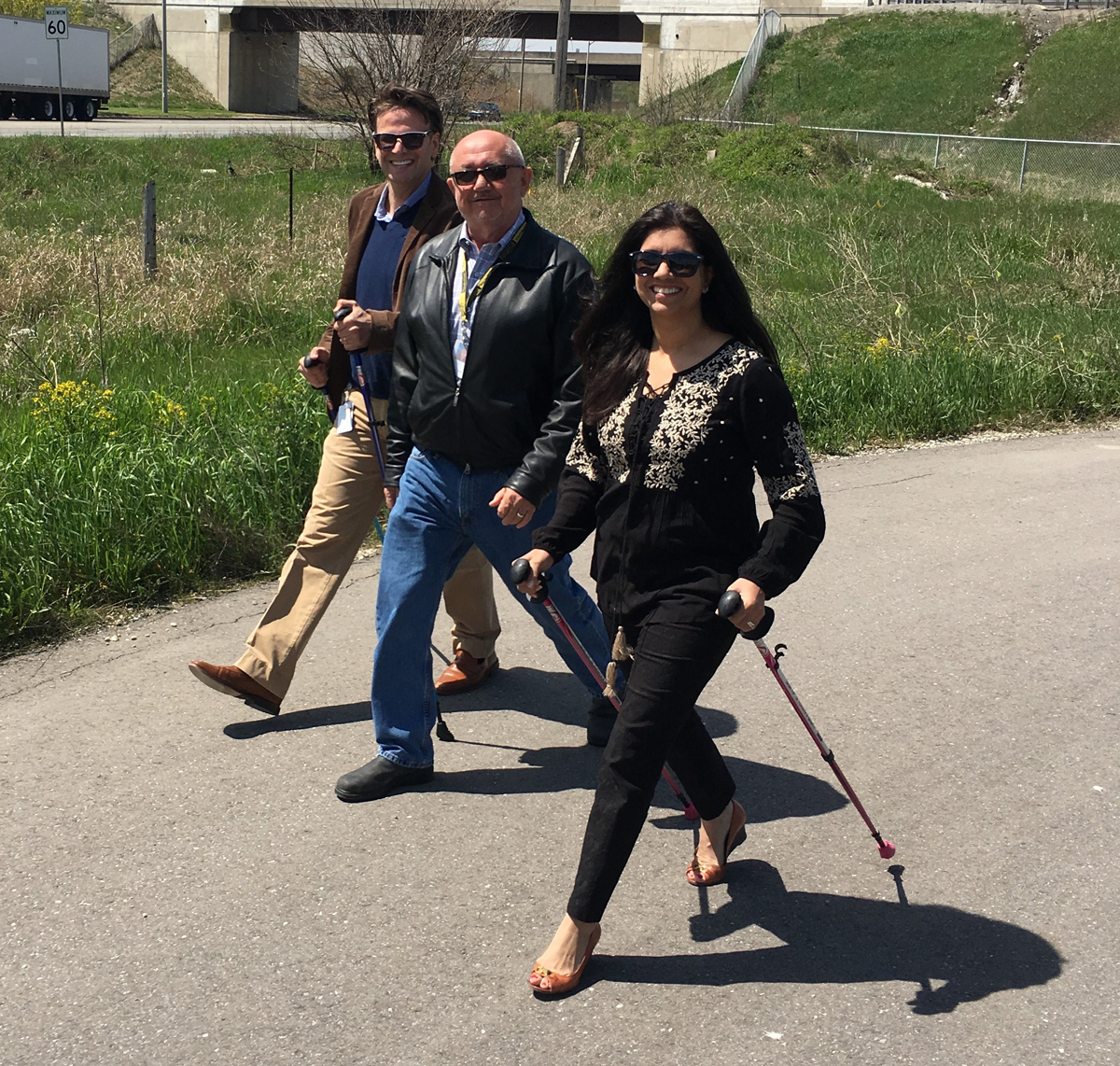

 Alcohol has a strong link with sport, be it with sponsorship, beer consumption after a hard workout, or teams enmeshed in a culture of heavy drinking. To address what is known—and not known—about the impact of alcohol on athletic performance, members of Professionals In Nutrition for Exercise and Sport (PINES) organized a session at the American College of Sports Medicine (ACSM) 2018 annual meeting in Minneapolis. Respected researchers answered some questions athletes commonly ask regarding alcohol and sport performance. Here’s what you might want to know.
Alcohol has a strong link with sport, be it with sponsorship, beer consumption after a hard workout, or teams enmeshed in a culture of heavy drinking. To address what is known—and not known—about the impact of alcohol on athletic performance, members of Professionals In Nutrition for Exercise and Sport (PINES) organized a session at the American College of Sports Medicine (ACSM) 2018 annual meeting in Minneapolis. Respected researchers answered some questions athletes commonly ask regarding alcohol and sport performance. Here’s what you might want to know.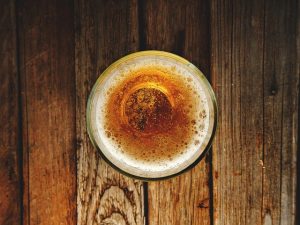 What does heavy alcohol intake after exercise do to muscle soreness, injury, and inflammation? Matthew Barnes of Massey University in New Zealand noted when athletes perform exercise to which they are accustomed, alcohol’s negative effects are less pronounced compared to doing a new form of exercise. That is, after getting battered up in a game, a 200-lb rugby player who is experienced with both sport and drinking could have perhaps 20 standard drinks and still effectively perform a vertical jump! As for inflammation, players who are conditioned to both their sport and to drinking alcohol do not have a significant inflammatory response. But if you are a weekend warrior, watch out…
What does heavy alcohol intake after exercise do to muscle soreness, injury, and inflammation? Matthew Barnes of Massey University in New Zealand noted when athletes perform exercise to which they are accustomed, alcohol’s negative effects are less pronounced compared to doing a new form of exercise. That is, after getting battered up in a game, a 200-lb rugby player who is experienced with both sport and drinking could have perhaps 20 standard drinks and still effectively perform a vertical jump! As for inflammation, players who are conditioned to both their sport and to drinking alcohol do not have a significant inflammatory response. But if you are a weekend warrior, watch out…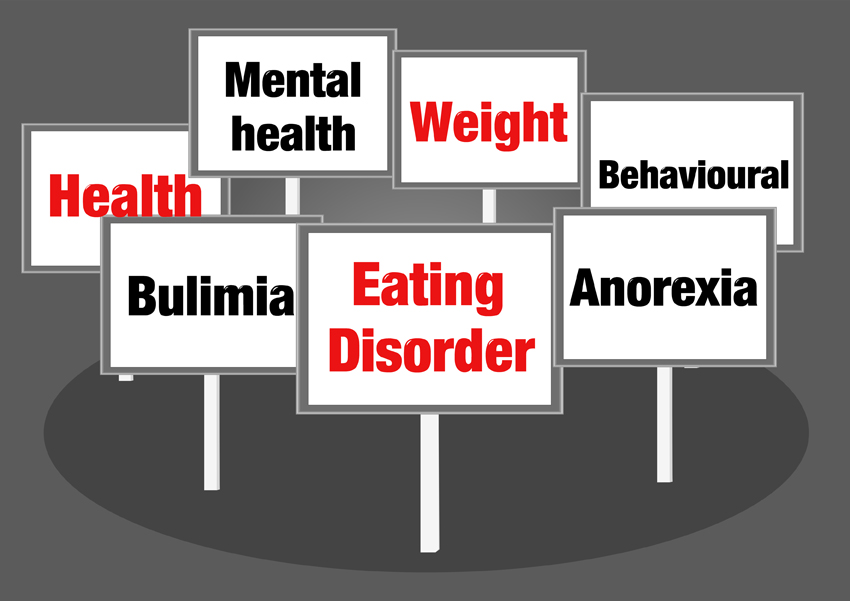

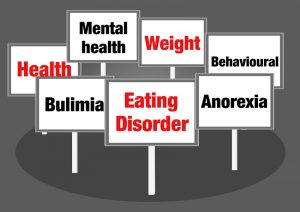 1. Exercise will bring up past trauma in the body. It can get emotional. Be prepared for some distress and perhaps, some crying. Hence, it is important to consult with the treatment team so you are prepared and can offer the appropriate type of support.
1. Exercise will bring up past trauma in the body. It can get emotional. Be prepared for some distress and perhaps, some crying. Hence, it is important to consult with the treatment team so you are prepared and can offer the appropriate type of support.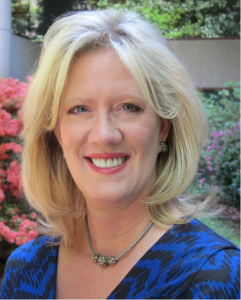 Page Love is a registered dietitian, certified specialist in sport dietetics and nutrition therapist, and runs a thriving
Page Love is a registered dietitian, certified specialist in sport dietetics and nutrition therapist, and runs a thriving 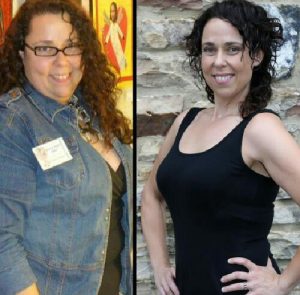 At 40 years old, Kristy Wegert made some decisions that caused a mid-life career change. She decided after some much needed deep thought, that she was meant for the fitness industry. She holds an ACE Personal Trainer Certification. While she was studying for the ACE exam, she decided to get herself into the industry. There was just no point in waiting (and she was too excited!) so she became a certified Cycle Instructor. (A little back story: Kristy lost 100 pounds after being heavy most of her life and has kept off that weight since 2008). Kristy loves to exercise and loves being an inspiration to others. Her current passion is to help others in a safe, fun way and watch them transform. Her company,
At 40 years old, Kristy Wegert made some decisions that caused a mid-life career change. She decided after some much needed deep thought, that she was meant for the fitness industry. She holds an ACE Personal Trainer Certification. While she was studying for the ACE exam, she decided to get herself into the industry. There was just no point in waiting (and she was too excited!) so she became a certified Cycle Instructor. (A little back story: Kristy lost 100 pounds after being heavy most of her life and has kept off that weight since 2008). Kristy loves to exercise and loves being an inspiration to others. Her current passion is to help others in a safe, fun way and watch them transform. Her company, 
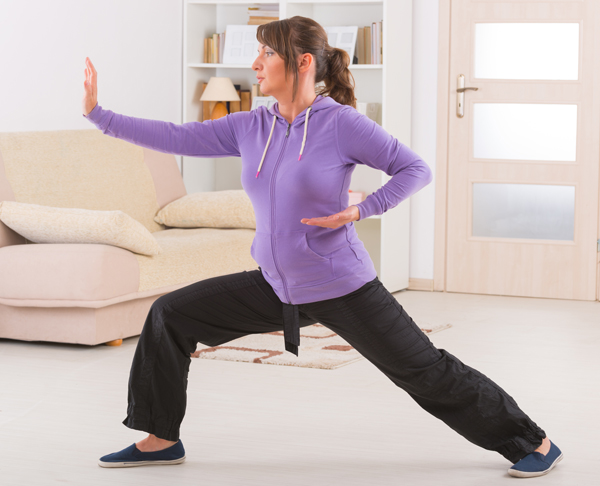
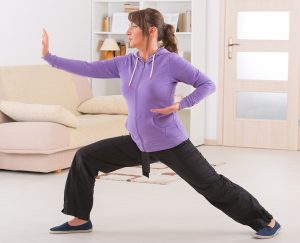 Tai chi, an ancient Chinese tradition that was originally a form of self-defense, has been transformed into a form of exercise that is considered good for people of all ages and fitness levels. Tai Chi is a series of slow movements combined with deep breathing.
Tai chi, an ancient Chinese tradition that was originally a form of self-defense, has been transformed into a form of exercise that is considered good for people of all ages and fitness levels. Tai Chi is a series of slow movements combined with deep breathing.
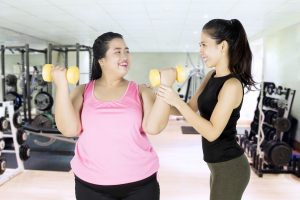
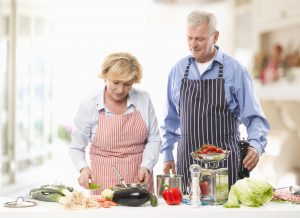 Millions of Americans at risk for metabolic syndrome can sharply lower their chances of getting this disease by adopting a healthy lifestyle (stop smoking, low-fat diet, weight loss/maintenance and increased physical activity). Without diet and exercise modifications, most patients will eventually fail and progress to type 2 diabetes within a decade and experience a heart attack about 10 years later. Experts recommend a diet reduced in saturated fats (<7%), low in cholesterol (<200 mg/day), high in fiber (20-30gm/day) and reduced in simple sugars. Weight loss of only 5-7% (less than 15 pounds) can make a big difference in health markers like cholesterol and blood pressure. A program that includes daily exercise reaching 85% of heart rate for age is reported to be of benefit too. However, any exercise is better than none, and a target of 30 minutes every other day is a reasonable level for most people.
Millions of Americans at risk for metabolic syndrome can sharply lower their chances of getting this disease by adopting a healthy lifestyle (stop smoking, low-fat diet, weight loss/maintenance and increased physical activity). Without diet and exercise modifications, most patients will eventually fail and progress to type 2 diabetes within a decade and experience a heart attack about 10 years later. Experts recommend a diet reduced in saturated fats (<7%), low in cholesterol (<200 mg/day), high in fiber (20-30gm/day) and reduced in simple sugars. Weight loss of only 5-7% (less than 15 pounds) can make a big difference in health markers like cholesterol and blood pressure. A program that includes daily exercise reaching 85% of heart rate for age is reported to be of benefit too. However, any exercise is better than none, and a target of 30 minutes every other day is a reasonable level for most people.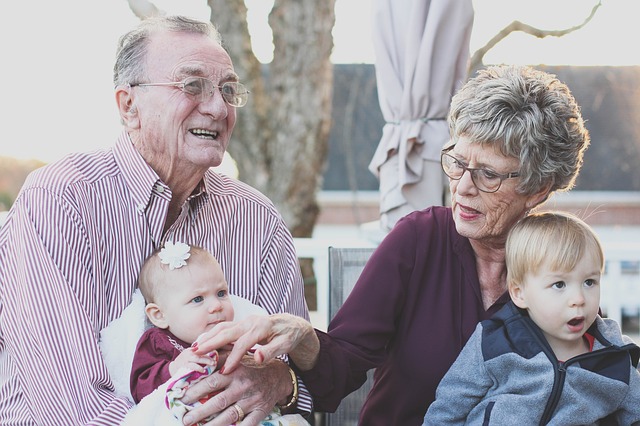
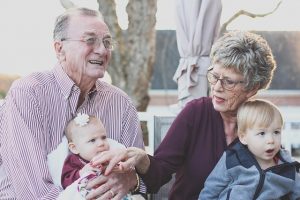 No one really knows why we age other than to acknowledge that as our cells die and don’t get replaced, organs – and ultimately our bodies – do indeed die. The role that disease plays in this process is obvious – especially if there is no successful treatment available that can address the underlying causes of the problem. I believe in the “art of prevention” as a strategy for helping not only extend our lives – but also improving the quality of the time we have to live.
No one really knows why we age other than to acknowledge that as our cells die and don’t get replaced, organs – and ultimately our bodies – do indeed die. The role that disease plays in this process is obvious – especially if there is no successful treatment available that can address the underlying causes of the problem. I believe in the “art of prevention” as a strategy for helping not only extend our lives – but also improving the quality of the time we have to live.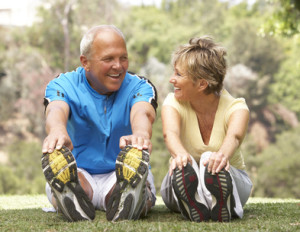 I have run over 65,000 miles in the more than half a century I have been a runner. I believe my commitment to being fit has saved my life many times over during my lifetime – even in the darkest of times when I felt lost and without hope. My question to you is: What is your passion when it comes to being physically active and will you honor that passion the way I did with my running program? If you don’t have one – then find one! Being physically fit does NOT guarantee a healthy body but a healthy body does require a FIT body. I am hopeful my “luck” continues into the years ahead. I will do everything in my power to insure that it does!
I have run over 65,000 miles in the more than half a century I have been a runner. I believe my commitment to being fit has saved my life many times over during my lifetime – even in the darkest of times when I felt lost and without hope. My question to you is: What is your passion when it comes to being physically active and will you honor that passion the way I did with my running program? If you don’t have one – then find one! Being physically fit does NOT guarantee a healthy body but a healthy body does require a FIT body. I am hopeful my “luck” continues into the years ahead. I will do everything in my power to insure that it does! The role of the spiritual journey is to bring an expanded consciousness – or awareness – into our life experiences and allow us to contact joy, peace, harmony and love in a way that enriches and sustains us while allowing us the opportunity to “let go” of the baggage of our pasts. Regret, guilt, unexpressed anger, hatred and other forms of negative inner turmoil CAN and DO lead us to an early death. The body responds to all forms of emotion and if these emotions – and thoughts – are not directed by US to a “higher consciousness” they will bring sickness and chronic illness in all their terrible manifestations into our lives.
The role of the spiritual journey is to bring an expanded consciousness – or awareness – into our life experiences and allow us to contact joy, peace, harmony and love in a way that enriches and sustains us while allowing us the opportunity to “let go” of the baggage of our pasts. Regret, guilt, unexpressed anger, hatred and other forms of negative inner turmoil CAN and DO lead us to an early death. The body responds to all forms of emotion and if these emotions – and thoughts – are not directed by US to a “higher consciousness” they will bring sickness and chronic illness in all their terrible manifestations into our lives.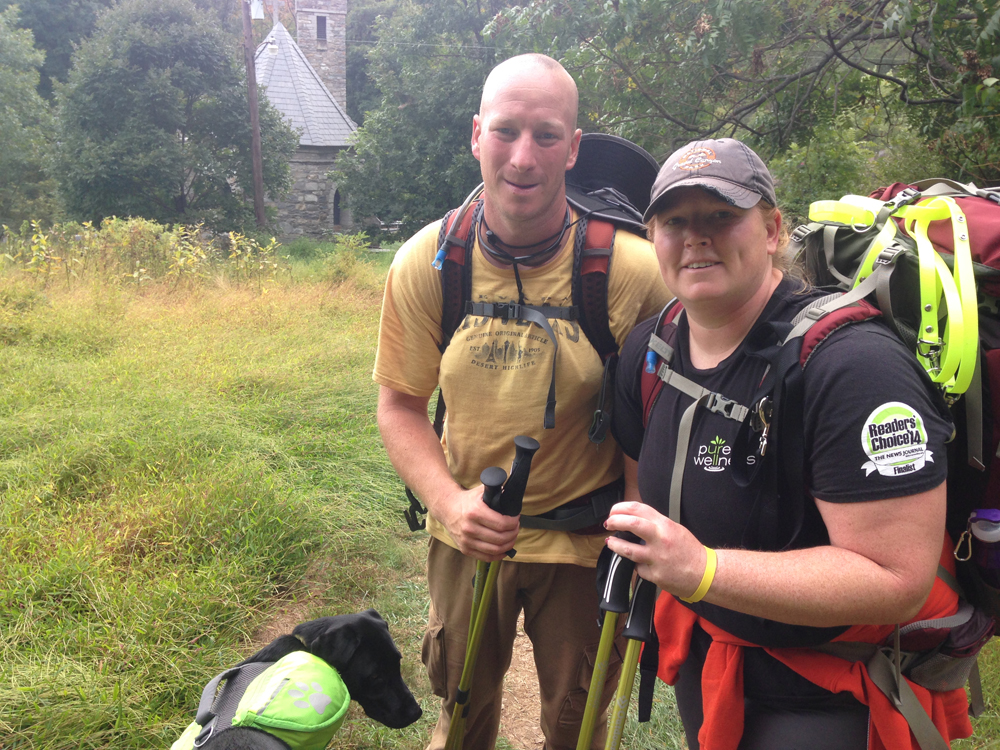

 Stress is a normal physical response. Everyone feels stress. You may feel stress when you have too many errands to run, when you are given a promotion at work, or in your daily commute through Atlanta traffic!
Stress is a normal physical response. Everyone feels stress. You may feel stress when you have too many errands to run, when you are given a promotion at work, or in your daily commute through Atlanta traffic! The good news is you have choices here. You can choose to take control of all of these factors in your life. Or you can choose to be a victim to stress and succumb to headaches, ulcers, back pain, sickness, disease, obesity, depression, unhealthy relationships…
The good news is you have choices here. You can choose to take control of all of these factors in your life. Or you can choose to be a victim to stress and succumb to headaches, ulcers, back pain, sickness, disease, obesity, depression, unhealthy relationships…